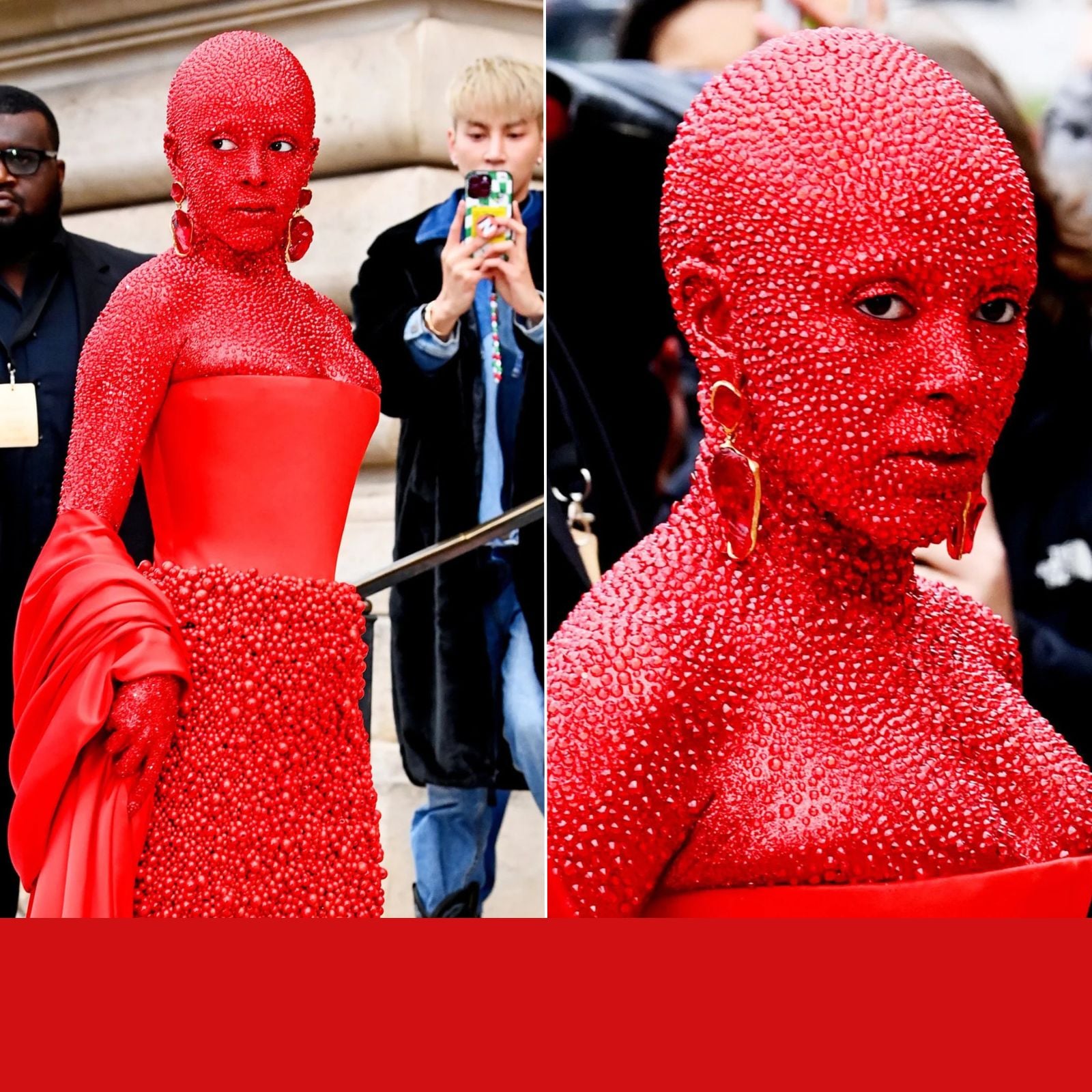In a recent interview, singer Jaguar Wright expressed her thoughts on Doja Cat, noting a possible connection to “witch-like” imagery and symbolism surrounding the pop star’s recent artistic choices.
Jaguar, a vocal critic of the music industry, suggested that Doja Cat’s dramatic shifts in style—such as shaving her eyebrows and donning more unconventional looks—are potentially symbolic, making her appear mysterious and even supernatural to some.

The conversation opened with a discussion about Doja Cat’s artistic evolution. Jaguar and her co-host pointed out that Doja’s rise to fame involved a unique and bold approach, which initially appealed to Gen Z fans. However, as Doja’s image became more unconventional, including her controversial decision to shave her eyebrows, many fans and industry insiders started to speculate on whether this change was purely artistic or if it hinted at something deeper.
Jaguar mentioned that Doja’s recent aesthetic evokes imagery similar to characters from the 1990 film *The Witches*, particularly the character played by Angelica Huston. In *The Witches*, characters disguise themselves as regular people but transform into witches at specific moments. This comparison suggests that Doja’s transformation could be part of an intentional artistic portrayal or possibly a personal spiritual symbolism. Jaguar even noted that her recent looks could be tied to darker, esoteric themes, echoing historical views of cats as guardians of the spirit world.

Another interesting point in the discussion involved Doja Cat’s public statements about quitting music. She announced she was “done” with the industry after expressing frustration with fan expectations and pressure. However, she quickly returned, continuing to release new music. For Jaguar, this behavior appears to be a calculated move, perhaps intended to sustain a certain mystery or to deepen her allure with a witch-like persona. Jaguar alluded to the idea that Doja might not have the freedom to simply stop if she wanted to—hinting at a sense of compulsion or an implied connection to mystical or supernatural influences that she “can’t escape.”
One of Jaguar’s primary assertions about Doja’s appearance relates to the role of cats as guardians in ancient Egyptian culture, where cats were believed to protect tombs and ward off evil spirits. This symbol resonates with Doja Cat’s very name, as well as her association with dark themes in some of her recent music videos. Jaguar and her co-host seemed fascinated by these connections, interpreting Doja’s stylistic choices as a reflection of a deeper, almost spiritual persona aligned with traditional symbols of witchcraft.

The discussion concluded with a reflection on Doja’s eyes, which Jaguar mentioned as having a uniquely “old soul” quality. This is particularly noticeable after her eyebrow-shaving choice, which gives her a more intense and otherworldly appearance. For Jaguar, this transformation adds to the impression that Doja is either intentionally cultivating a mystical aura or embodying characteristics that align with a more arcane archetype.
In sum, Jaguar Wright’s perspective on Doja Cat offers a provocative lens through which to view the artist’s evolving image. While there is no evidence that Doja Cat practices witchcraft, her aesthetic choices undeniably spark curiosity and debate, especially for fans and critics who view her as a unique figure in the modern pop landscape. Whether intentional or incidental, Doja’s unconventional style and iconography continue to captivate audiences and, as Jaguar speculates, suggest a deliberate move toward the esoteric and the symbolic.